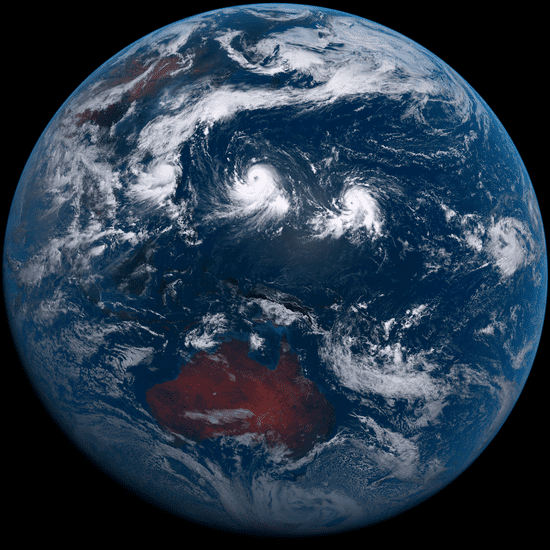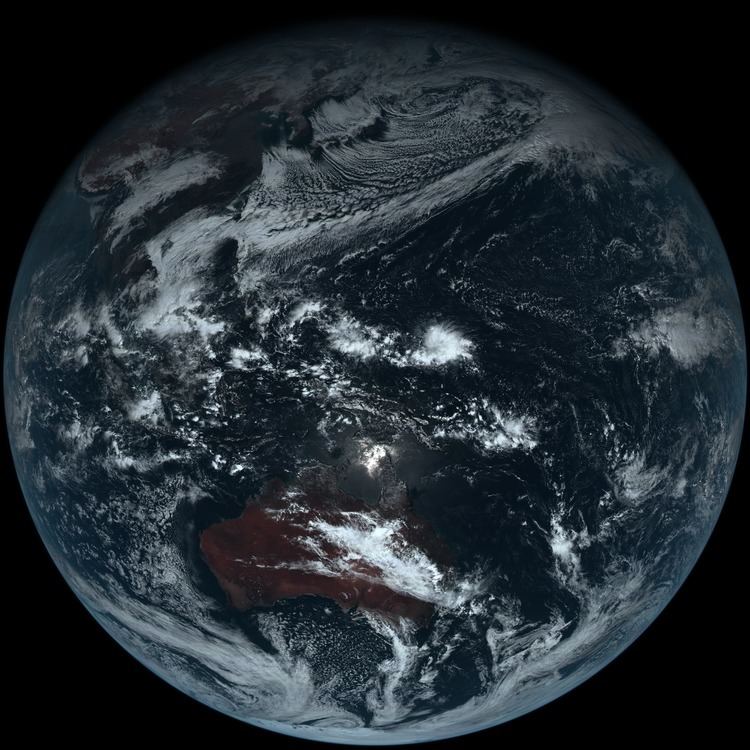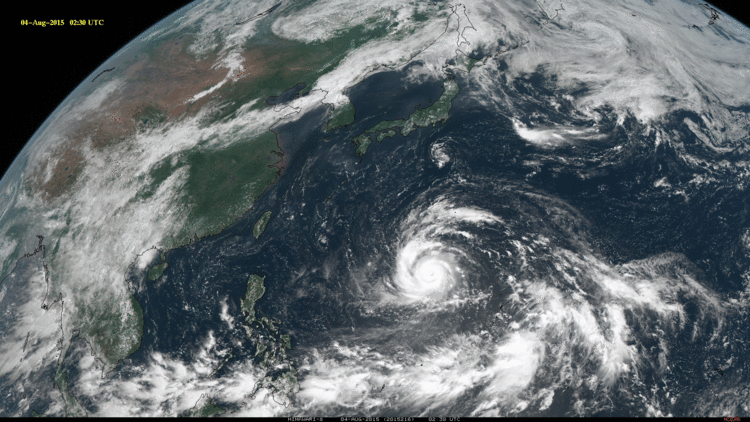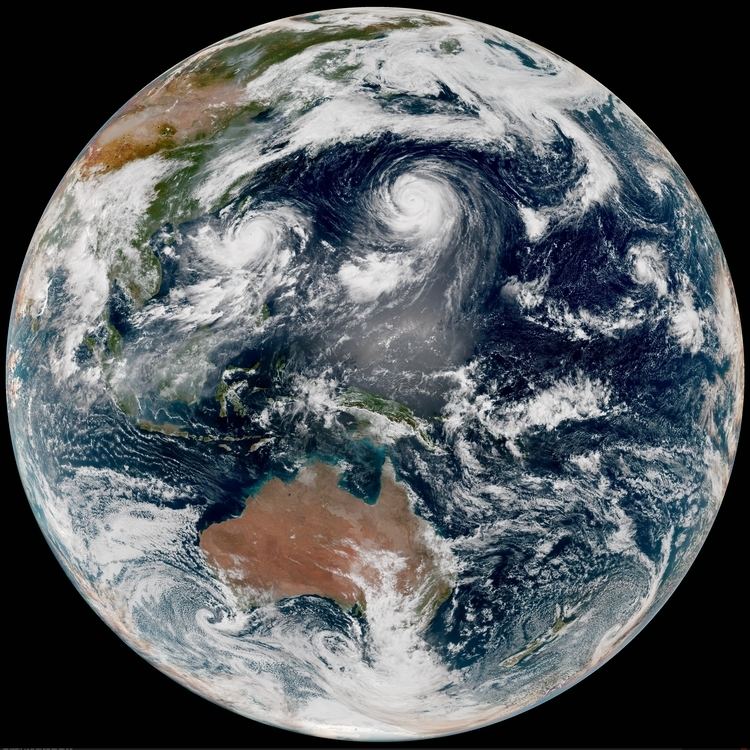COSPAR ID 2014-060A Mission duration 8 years (planned) Launch date 7 October 2014 Inclination 0.03° | Operator JMA SATCAT no. 40267 Launch mass 3500 kg Inclination 0.03° Period 24 hours | |
 | ||
Similar Himawari 9, ETS‑VIII, GOES‑16, ETS‑VII, Greenhouse Gases Ob | ||
Himawari 8 (ひまわり8号) is a Japanese weather satellite, the 8th of the Himawari geostationary weather satellites operated by the Japan Meteorological Agency. The spacecraft was constructed by Mitsubishi Electric with assistance from Boeing, and is the first of two similar satellites to be based on the DS-2000 satellite bus. Himawari 8 entered operational service on 7 July 2015 and is the successor to MTSAT-2 (Himawari 7) which was launched in 2006.
Contents

Himawari 8 was launched atop a H-IIA rocket flying from the Yoshinobu Launch Complex Pad 1 at the Tanegashima Space Center. The launch occurred at 05:16 UTC on 7 October 2014 and reached its operational geostationary orbit in October 2014, at 140.7 degrees East.

Himawari 9, which is identical to Himawari 8, was launched on 2 November 2016 and will be put stand-by in orbit until 2022, then succeeds the observation from Himawari 8.

Design

The DS2000 satellite bus has a lifespan of 15 years, however the expected operational lifespan of Himawari 8 is expected to be limited by its instruments which are only designed for 8 years of service. At launch, the mass of the satellite was about 3,500 kilograms (7,700 lb). Power is supplied by a single gallium arsenide solar panel, which provides up to 2.6 kilowatts of power.
Instruments

The primary instrument aboard Himawari 8, the Advanced Himawari Imager (AHI), is a 16 channel multispectral imager to capture visible light and infrared images of the Asia-Pacific region. The instrument was designed and built by Exelis Geospatial Systems (now Harris Space & Intelligence Systems) and has similar spectral and spatial characteristics to the Advanced Baseline Imager (ABI) planned for use in the American GOES-R satellites. The AHI can produce images with a resolution down to 500m and can provide full disk observations every 10 mins and image the whole Japan territory every 2.5 minutes. The Australian Bureau of Meteorology CEO Dr Rob Vertessy stated that Himawari 8 "generates about 50 times more data than the previous satellite".
Data recorded from the Japanese Himawari 8 will be made freely available for use by meteorological agencies in other countries.
